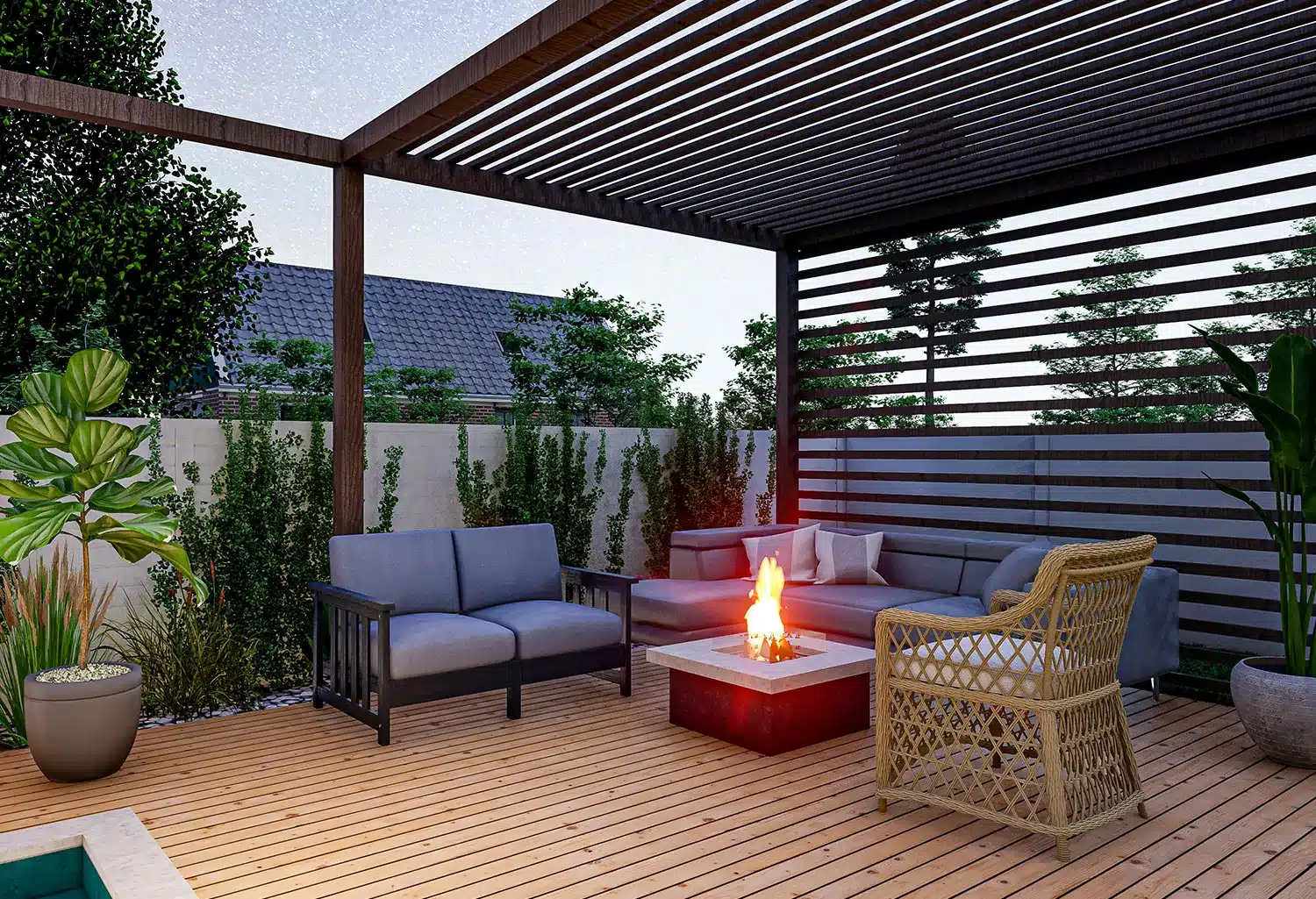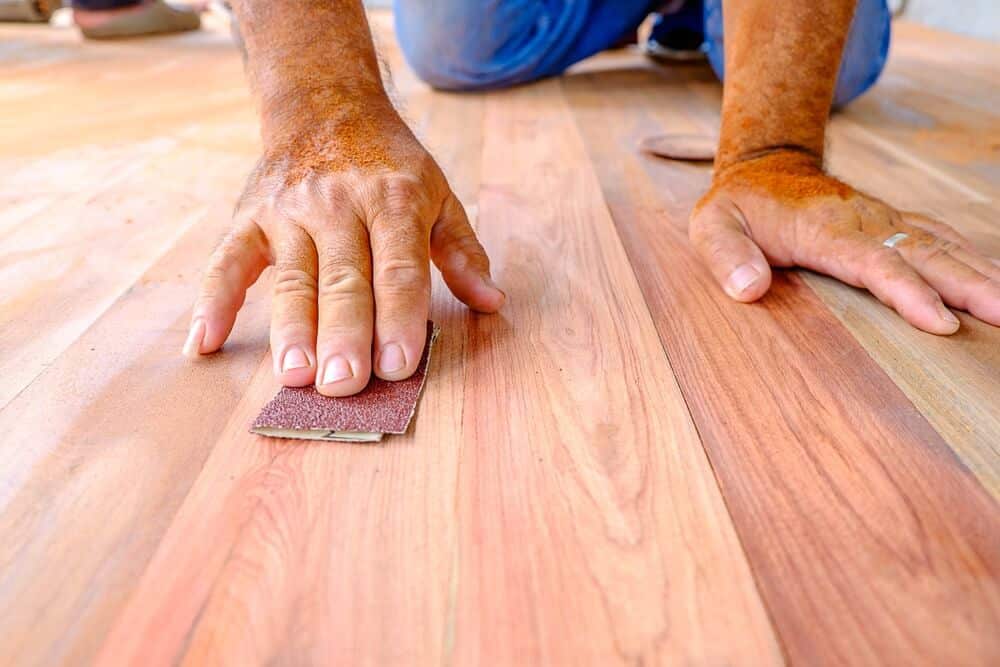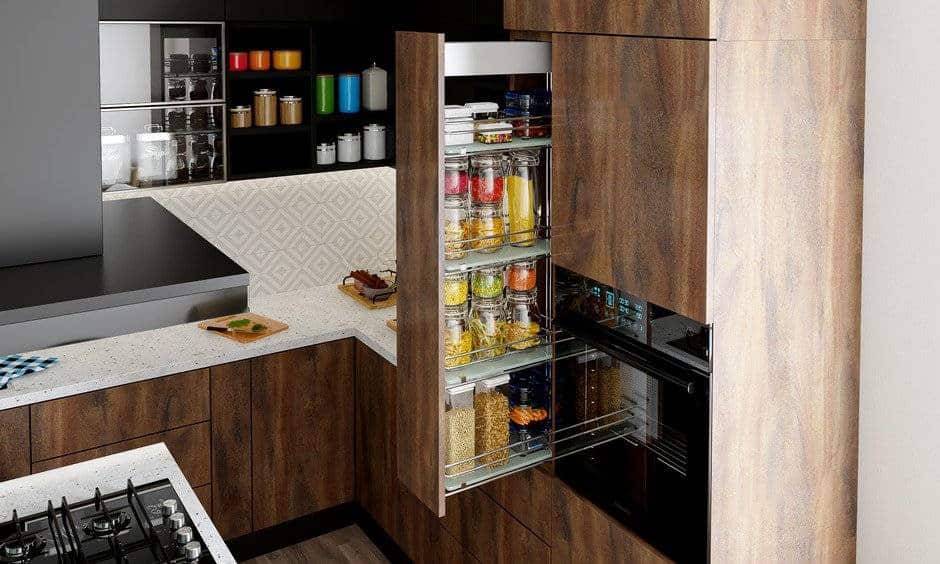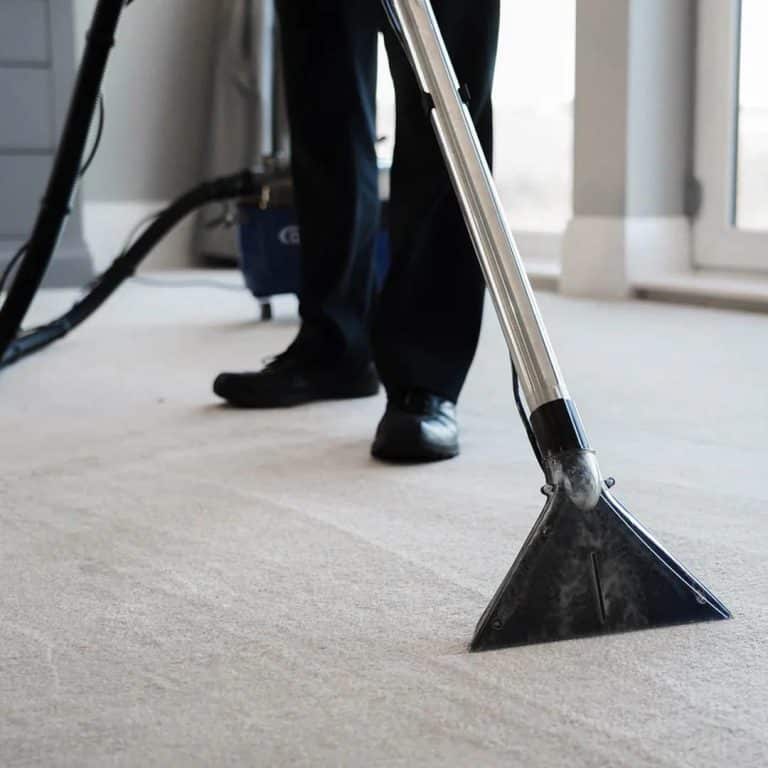The Kuwaiti sun warms outdoor living areas, turning them into comfortable relaxation and entertainment areas, and individuals seek stylish outdoor areas. Pottery Barn Kuwait is a top choice for creating outdoor areas with its blend of refined design and masterful craftsmanship.
The brand actively transforms patios and gardens into sophisticated yet comfortable outdoor sanctuaries through its exclusive collections. Pottery Barn presents outdoor furniture alongside decorative elements that provide elegant charm and enduring quality for every space, from small social setups to tranquil retreats.
The Art of Outdoor Elegance
Every outdoor area should naturally continue the visual appeal of your home space through harmonious designs that marry style with purpose. The exterior spaces of Pottery Barn Kuwait provide the best outdoor living solutions in Kuwait and retain a professional-quality look identical to those found indoors.
The collection includes sophisticated weather-proof sectionals alongside elegant teak dining tables, blending durability with captivating appearances.
Each collection represents the brand under its signature style, which integrates made-to-order craftsmanship and premium materials in sophisticated neutral tones. The woven rattan loungers combined with powder-coated aluminum tables and Sunbrella® fabrics provide fading resistance in their design.
All products inherit careful attention to detail and superior materials that ensure long-lasting quality. Every selection is an invitation to unwind in style.
Durable Luxury for Every Season
Kuwait furniture needs to endure blistering sun and random sandstorms without compromising comfort features. Every piece in Pottery Barn’s outdoor furniture collection comes with long-lasting performance fabrics, rust-resistant parts, and UV protection features. Weather-resistant fabrics and luxurious materials blend in their collections to give seating that invites style and is weatherproof for lasting season beauty.
- Teak & Hardwood: Teak with hardwood demonstrates natural resilience by developing an attractive patina, allowing it to withstand harsh climates.
- Wrought Iron & Aluminum: Blending wrought iron with aluminum creates sturdy furniture that delivers eternal visual attractiveness and naturally battles corrosion.
- All-Weather Wicker: Synthetic wicker achieves a natural fiber look that is readily resistant to water exposure and extreme heat.
With proper care, these pieces remain stunning for years, proving that luxury and longevity can coexist.
Outdoors That Speak of Comfort and Style for Alfresco Entertaining
Dining outdoors is a quintessential part of the Kuwaiti lifestyle, which is why Pottery Barn Kuwait offers a range of dining sets designed to make every meal a memorable occasion. From grand dining tables perfect for hosting large gatherings to cozy bistro sets for intimate dinners, their collection combines functionality with undeniable style.
Dining in the Open Air
Use large dining setups that seat six to twelve people for memorable outdoor dining experiences beneath the starry night sky. The combination of expandable tables, cushioned chairs, and stylish bar carts provides easy hospitality access.
Lounging in Leisure
Casual comfort assumes new levels with deeply seated sofas, chaise lounges, and hanging daybeds. Modular furniture allows easy arrangement to create ideal conversation spaces that can adapt to any deck or patio. Bistro sets serve perfectly for tiny balconies because they offer functionality and an excellent appearance for cozy dining nights.
Accents That Elevate
Decorative accents add personality and warmth, be it ceramic planters or sculptural fire pits. The decorative light fixtures, including string lights and lanterns, enhance illumination while creating relaxing and entertaining atmospheres.
Accessorize your Oasis
Outdoor spaces achieve their best finishing touch with weather-proof area rugs to complete the design and create a pleasant ambiance. Our charismatic stools and rugs introduce comfort and expression to the area.
Stylish Serveware
Enhance your outdoor dining experience with our sophisticated selection that combines functional designs with refined aesthetic elements.
Personalized Outdoor Solutions
As a company, Pottery Barn Kuwait adapts its approach to working with every distinct spatial arrangement. The design solutions assist customers in creating personalized outdoor areas using any dimension of terrace or balcony space. Professional stylists help clients choose interconnected pieces that blend personal preferences with practical necessities.
The brand gives those who love a hands-on approach a chance to try different layouts and color schemes through their online visualizer, which they can use to plan their purchases.
Final Thoughts: Redefine Your Outdoor Experience
Pottery Barn Kuwait understands the unique lifestyle of the region, offering outdoor solutions that beautifully blend with the climate and cultural preferences. They empower you to create a visually stunning outdoor space suited for the Kuwaiti way of life by focusing on durable materials, comfortable designs, and stylish aesthetics.
Whether hosting a grand gathering or enjoying a quiet evening under the stars with Pottery Barn Kuwait, every moment spent outdoors becomes a celebration of refined living. Visit Pottery Barn to discover the best outdoor living solutions in Kuwait that transform your exterior spaces into a haven of enduring style.





















